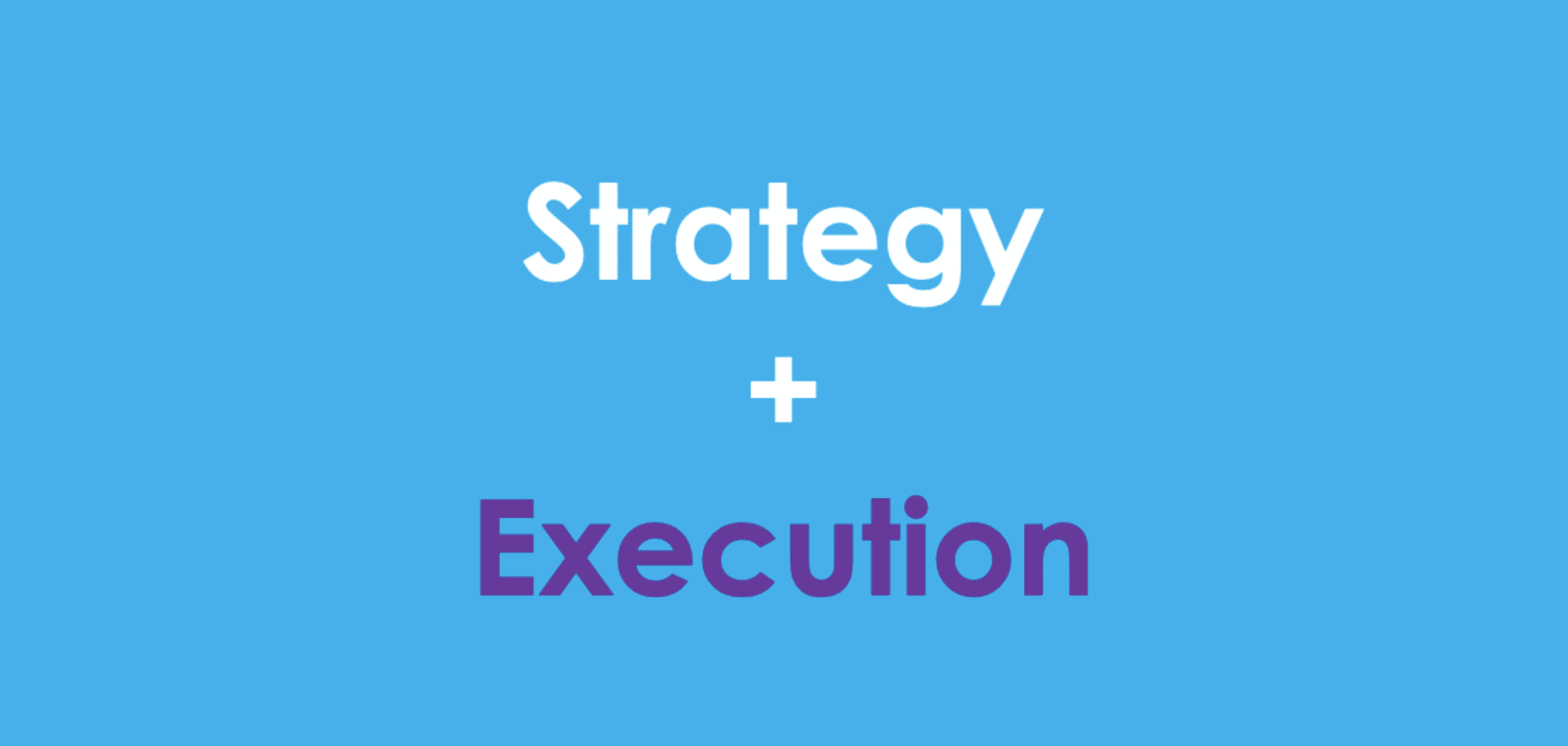Creating a successful business strategy (including a successful ESG strategy) requires articulating an inspiring vision, a discerning identification of priorities, a relentless focus once priorities are identified, and systems thinking in setting ambitious targets.
This work requires the ability to seamlessly shift focus between the forest (vision) and the trees (tactics). It requires understanding the fundamentals, but not letting current abilities and systems shrink your vision. It involves honing in on what you know, while humbly admitting what you don’t know. It requires building a plan off of sound data, and then being able to communicate it in a captivating story that engages an organization and inspires new thinking.
Once you’ve mastered the business strategy dance, give yourself a pat on the back. Then roll-up your sleeves for the next step of building organizational alignment toward your ambitious targets.
You’ve probably heard that saying, “execution eats strategy for breakfast”. While it’s true that an average strategy executed flawlessly will outperform an amazing strategy executed poorly, what really lights the corporate rocketship is both factors combined: an amazing strategy, executed flawlessly.
Integration means strategy and execution working hand-in-hand.
In order to achieve this powerful one-two combo, the same amount of meticulous detail that went into building the strategy needs to go into building the integration plan. This requires staying anchored on the vision, understanding the operational systems, and focusing on the details.
The first step to a seamless integration plan is clarifying roles, responsibilities, and accountability for each piece of the strategy. Accountability should land at the highest levels of the organization. This means the c-suite and their first line of command are pushing the agenda forward. This level of accountability ensures there is no confusion in the organization regarding what the priorities are, and also ensures nothing falls through the cracks.
Next, with the strategy and accountability in hand, the senior leaders need to come together and map out the structure and resources needed to bring the plan to life. A mismatch ensures that the strategy will not be executed successfully.
Here are some questions the senior leaders will dive into:
💡Does the organizational structure need to change?
💡Are the right people in the right seats, and are the departments staffed appropriately?
💡Are there gaps in essential skills that are needed to execute the plan? If so, will you solve them with new hires, consultants, or strategic partnerships?
💡Is the budget aligned with the new strategy and priorities? Will you need an influx of capital to support the strategy, or will a reallocation cover it?
Organizational structure and resource allocation are essential to ensure the teams are set up for success.
A second key criterion is creating metrics that align with your new objectives. Equally important is deleting old metrics that conflict with your new objectives. For example, does your old metric of article efficiency—the minimum amount for a new product to be produced—deter your teams from incubating a new product line that has huge potential once it gets off the ground?
Ultimately, what you’re measuring should not only enable you to track progress to your goals, it should also reinforce the behaviors that are needed to meet your objectives.
If the new strategy and metrics require behavior change, it’s important to institutionalize systems that positively reinforce the new behaviors. For example, if your new behaviors are increased cross-functional collaboration and ideas for systems improvement, you could announce quarterly awards for the employees that demonstrated these behaviors best. Or, another way to reinforce these behaviors is to ask each team member in weekly department meetings to share one idea or action they’ve taken that week that supports your new objectives.
Aligning what you’re asking employees to do with how you’re rewarding their behavior has a tremendous impact on the speed of organizational transformation. This alignment is hard work, but it ensures that you get out of your own way—removing unintentional internal roadblocks and clearing the way for executional excellence.




